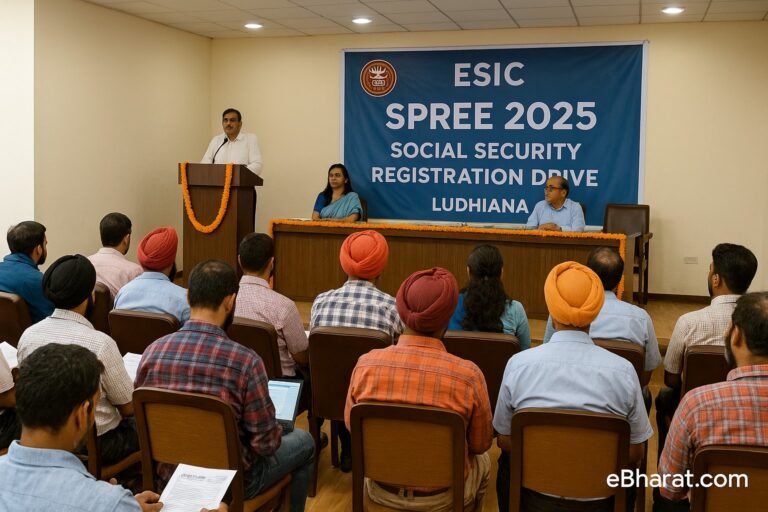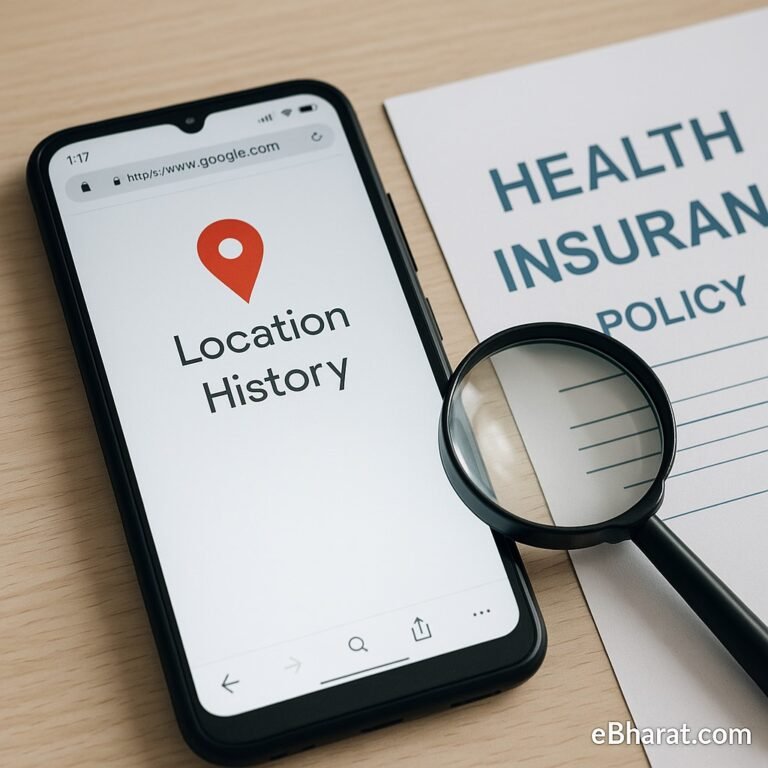
Let’s be honest — many of us bought our first health insurance plan in a rush. Maybe a bank executive convinced us or a relative filled in the form on our behalf. Back then, we didn’t know what a “waiting period” or “network hospital” even meant.
Fast forward to today — you’re paying high premiums, the customer care is frustrating, and the claim process feels like solving a puzzle.
The good news? You’re not stuck forever.
Thanks to IRDAI’s portability rule, you can now switch to a better health insurance plan without losing your benefits.
Let’s walk through how to port your policy — step-by-step — and what to watch out for in 2025.
What Does Health Insurance Portability Mean?
Porting means shifting your existing health insurance policy from one company to another, without losing your existing benefits — like waiting periods, NCB (No Claim Bonus), and coverage continuity.
Reasons to Port Your Health Insurance
Here’s why many Indians are choosing to port:
- Unhappy with claim settlement experience
- Premiums are too high for the benefits offered
- Poor hospital network or lack of cashless facilities
- Better features elsewhere (like maternity cover, OPD, wellness rewards)
- Need for higher sum insured or better family coverage
Step-by-Step Process to Port Your Health Insurance in 2025
Step 1: Compare and Choose a New Insurer
Use online comparison tools or consult an insurance advisor to pick a new plan that offers better benefits, wider network, or lower premiums.
Step 2: Apply at Least 45 Days Before Renewal
You must submit a portability request at least 45 days before your existing policy’s renewal date. Most insurers now allow this online through their website or app.
Step 3: Fill the Portability Form + Proposal Form
- Portability Request Form
- Proposal Form of the new insurer
- Copies of your existing policy documents
- Claim history, if applicable
The new insurer will then reach out to your existing insurer via the IRDAI’s centralized portal.
Step 4: Medical Tests (If Required)
Depending on your age, coverage amount, and health status, the new insurer may ask for medical tests. Some insurers waive this for younger, healthy applicants.
Step 5: Wait for Underwriting Decision
The new insurer has 15 days to accept or reject your portability request. If they delay beyond this period, they must accept the proposal by default (as per IRDAI rules).
Step 6: Continue with Seamless Coverage
Once approved, your new policy begins without any break in coverage. Your previous waiting period and accrued benefits carry forward.
Real Example: How Porting Helped Ramesh in Bhopal
Ramesh (age 40) had a ₹5 lakh individual health policy with an insurer that frequently denied cashless claims. On his agent’s advice, he ported to a new insurer offering better hospital coverage. He didn’t lose the 3-year waiting period already completed for his pre-existing diabetes — it continued seamlessly.
Key IRDAI Portability Rules (2025)
- All individual and family floater health plans are portable.
- Porting is allowed only at renewal time, not mid-term.
- You can port from group to individual policy — but not the other way around.
- New insurer must honour continuity benefits like:
- Waiting period for pre-existing conditions
- Time-bound exclusions (e.g., maternity, hernia)
Things to Keep in Mind
- Premium may change: The new insurer will evaluate your risk and may offer a different premium.
- Sum Insured upgrades are allowed, but extra waiting periods may apply on the increased portion.
- Don’t let your policy lapse during this process — keep paying premiums till porting is complete.
- Keep all communication in writing and ask for receipts and confirmations.
Documents Required for Porting
| Document | Purpose |
|---|---|
| Current Policy Document | To verify existing coverage and tenure |
| Portability Request Form | To request transfer to new insurer |
| Proposal Form | To apply for new insurance |
| Medical Reports (if asked) | Health checkup if required for underwriting |
| Claim History (if any) | To assess your risk profile |
Mistakes to Avoid When Porting Your Health Insurance
- Waiting till the last week before expiry
- Not reading the fine print of exclusions in the new policy
- Choosing the cheapest plan blindly
- Hiding medical history (can lead to claim rejection later)
Is Porting Better Than Buying a New Policy?
If you already have a health policy with several years of coverage, it’s smarter to port than start fresh. You protect all your waiting period and NCB benefits.
But if your current policy is too limited or low sum insured, it may be better to buy a new one as a top-up instead.
Porting Is Your Right, Use It Wisely
If you’re not happy with your current insurer, don’t stay stuck. You deserve better service, wider hospital networks, and smarter features. Porting lets you do all that without losing the benefits you’ve earned over time.













